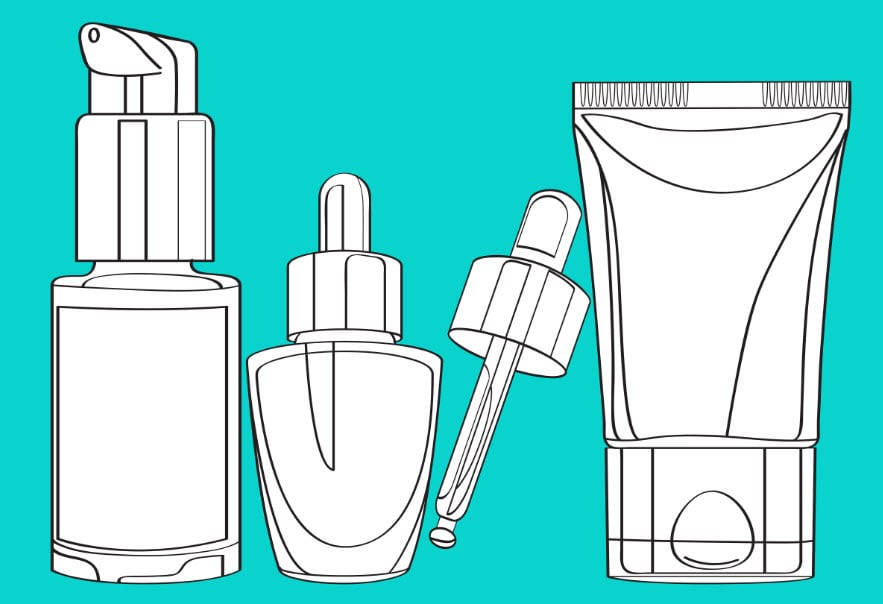Moisturizers VS Serums: What Makes Them Different?

Serums and moisturizers have similar properties, but can they be interchanged?
The answer is simply no. Despite their similarities, moisturizers and serums provide different benefits to the skin. Keep reading to discover what makes them different!
Serums
Serums are thinner and lighter than moisturizers.
Unlike moisturizers, serums penetrate deeper into the skin’s lipid layer.
Vitamins, minerals, botanicals, and antioxidants are concentrated in serums to soothe, nourish, rejuvenate, and replenish the skin.
Since serums penetrate deeply and contain high-quality active ingredients, they offer better anti-aging benefits than moisturizers alone.
If serums are to be absorbed effectively, they should be used after cleansing and toning.
Different serums aid in brightening and rejuvenation, while others help prevent acne and help with pore siz.e
Examples of our active serums are Cell Rejuvenator, Healing Serum, Hyaluronic Acid Serum, and 10% Glycolic Acid Serum.
Moisturizers
Compared to serums, moisturizers are creamier and thicker.
A moisturizer can be emollient or occlusive.
Emollient moisturizers absorb quickly into the skin and contain humectants that attract and lock in moisture.
Your skincare routine should end with an emollient moisturizer.
Some moisturizers contain anti-aging ingredients, like our Ceramide Cream
Ceramide Cream and Moisture Matte are examples of emollient moisturizers.
An occlusive moisturizer sits on top of the skin and takes longer to absorb. Mineral oil and Vaseline are occlusive moisturizers traditionally used to treat chapped lips and skin.
Long-term use of occlusive moisturizers can clog pores.

Product Recommendations:
LEROSETT® Regenerative Healing Serum™
LEROSETT® Moisture Matte™ Moisturizer
GUNILLA® Cell Rejuvenator Serum™


